HRT hydraulic retention time: nitrification is not less than 5 ~ 6h; denitrification is not more than 2h, A section: O section = 1:3, in the A/O process, the role of the aerobic tank is to carbonize organic matter and nitrify nitrogen ; The role of the anoxic pool is denitrification and denitrification, so the volume of the two pools is extremely important for the removal rate of total nitrogen.The volume ratio of A/O is mainly related to the aeration fraction of the wastewater.The size of the anoxic pool should first meet the needs of NO3--N using organic carbon sources as electron donors to complete the denitrification reaction.Referring to similar wastewater and orthogonal experiment, the A/0 volume ratio of caprolactam production wastewater is determined to be about 1:6, which is more suitable.However, the volume ratio of A/0 in this design is sub: 2. The hypoxia pool is too large, resulting in a decrease in the m(BOD)/m(NO3--N) ratio in the hypoxia pool. When the ratio is lower than 1.0, the nitrogen removal The rate tends to slow down.In addition, the anoxic tank is too large, the wastewater residence time is too long, and the sludge is deposited in the anoxic tank, resulting in serious denitrification, and large pieces of floating dead sludge often appear, which affects the subsequent aerobic treatment.After the A/O volume ratio was changed to 1:6, the anoxic pool ran smoothly.1.1 The basic principle of A/O phosphorus removal process The A/O phosphorus removal process is realized by relying on the action of phosphorus accumulating bacteria. - Bacteria that store carbon sources in the form of hydroxybutyric acid (PHB).When operating under the alternating conditions of anaerobic and aerobic, through the transformation of PHB and poly-p, it becomes the dominant bacteria in the system, and can remove the phosphorus in the system excessively.Among them, polyphosphorus is a pentavalent phosphorus compound in which several groups are linked by oxygen bridges, also known as polyphosphate. source; when bacteria that accumulate a large amount of polyphosphate are in an unfavorable environment, polyphosphate can decompose and release energy for bacteria to sustain life.Poly-β-hydroxybutyric acid is a macromolecular polymer composed of multiple β-hydroxybutyric acids. When the carbon source material in the environment is lacking, it is decomposed by microorganisms again to produce energy and substances required for body growth.This effect can be divided into two processes: the phosphorus release process under anaerobic conditions and the phosphorus absorption process under aerobic conditions.Under anaerobic conditions, through the action of acid-producing bacteria, organic substances in sewage are converted into low-molecular-weight organic substances (such as acetic acid, etc.), while phosphorus-accumulating bacteria decompose polyphosphates in the body to release phosphates and energy, and at the same time use low-molecular-weight organic substances in water. Organics synthesize PHB in the body to maintain their needs for growth and reproduction.The study found that the longer the anaerobic state, the more complete the release of phosphorus.Under aerobic conditions, phosphorus-accumulating bacteria use the energy generated by PHB in the body and the rapid degradation of COD to absorb the phosphate in the sewage into the cells and convert it into polyphosphorus to store energy.The longer the aerobic state is, the more fully the phosphorus is absorbed.Since the phosphorus absorbed by microorganisms in aerobic state is much greater than the phosphorus released by microorganisms in anaerobic state, with the alternating process of anaerobic and aerobic, microorganisms can form stable species in sludge and occupy certain advantages. It can be removed by the discharge of excess sludge in the system .
Simultaneous biological nitrogen and phosphorus removal processes are difficult to achieve ideal results, so the A/O phosphorus removal process has been widely used in the production and operation of urban sewage treatment.1.2. Control of residence time The longer the sewage stays in the system, the greater the investment and the higher the operating cost. Reasonably controlling the residence time of sewage in the system is very important for practical production applications.A. The excessive intake of phosphorus in the anaerobic stage is closely related to the amount of phosphorus released. Generally speaking, the more complete the release, the more fully the absorption of phosphorus in the aerobic stage.However, if the anaerobic release of phosphorus is to be complete, it is necessary to increase the residence time of the anaerobic section, which on the one hand will increase the cost, and on the other hand, the ineffective release of phosphorus will occur. Therefore, determine the appropriate residence time in the anaerobic section. is very important.Fig. 2 is the phosphorus release curve of sewage under anaerobic state. The four curves in the figure represent the change of TP with t at different TP concentrations in the anaerobic influent.It can be seen that the release of phosphorus can reach a certain level after the sewage stays in the anaerobic section for about 2 hours, and then the release of phosphorus is very slow.
B. Residence time in the aerobic section The residence time in the aerobic section is also an important parameter for phosphorus removal.The absorption of phosphorus in the aerobic stage is limited by many factors such as absorption rate and absorption amount.But generally speaking, the total phosphorus can generally be reduced to below 1 mg/L after staying in the aerobic section for 2.5 to 3 hours, and to below 0.5 mg/L after 3.0 to 4.0 hours (see Figure 3).The four curves in the figure respectively represent the change of TP with t at different TP concentrations at the inlet of the aerobic section.
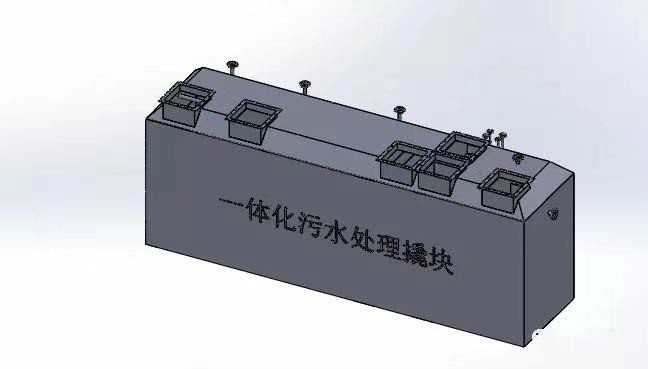
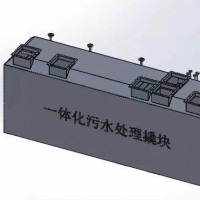
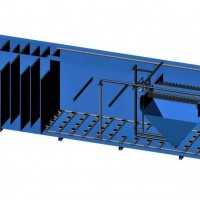

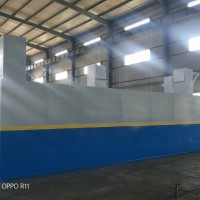

AO-A20-MBR
Price:Discuss
Minimum order:0 件Stock10 件
- Total:
- 10 件
- Brand:
- Shandong Huahan
- Area:
- JIANGSU
- Delivery time:
- From the date of payment by the buyer9internal delivery

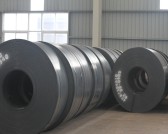
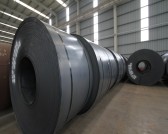
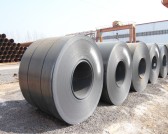
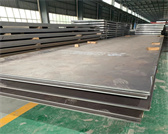

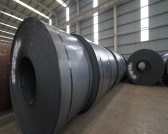
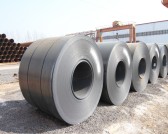
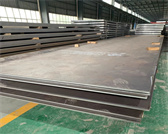



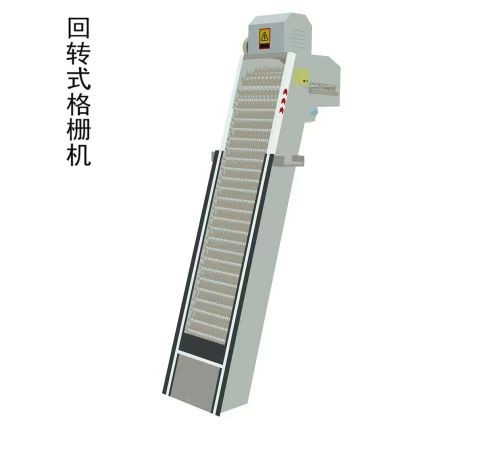
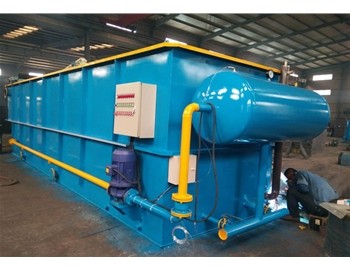
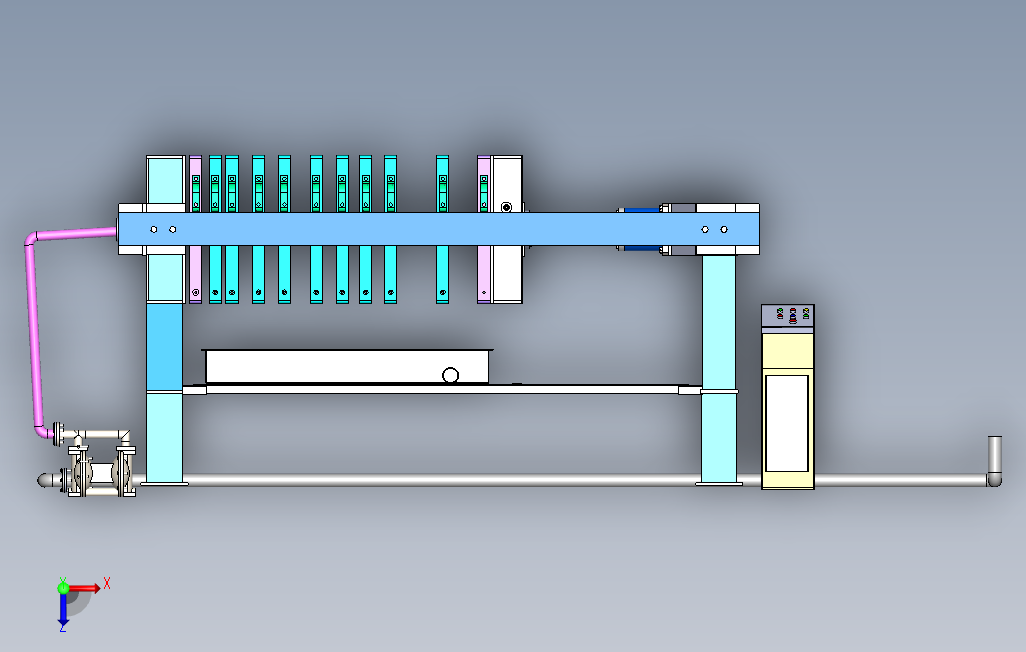
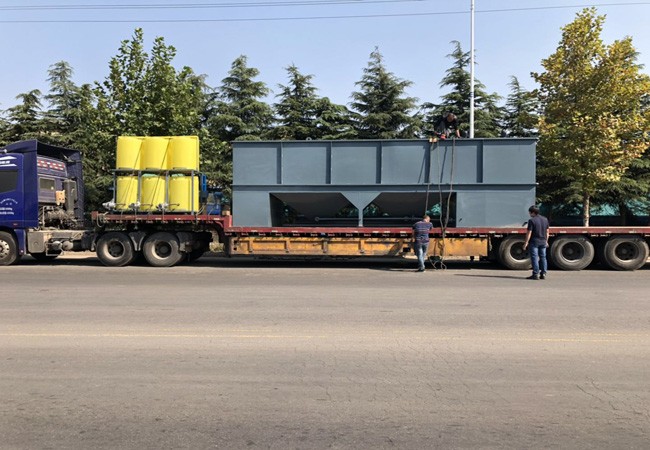
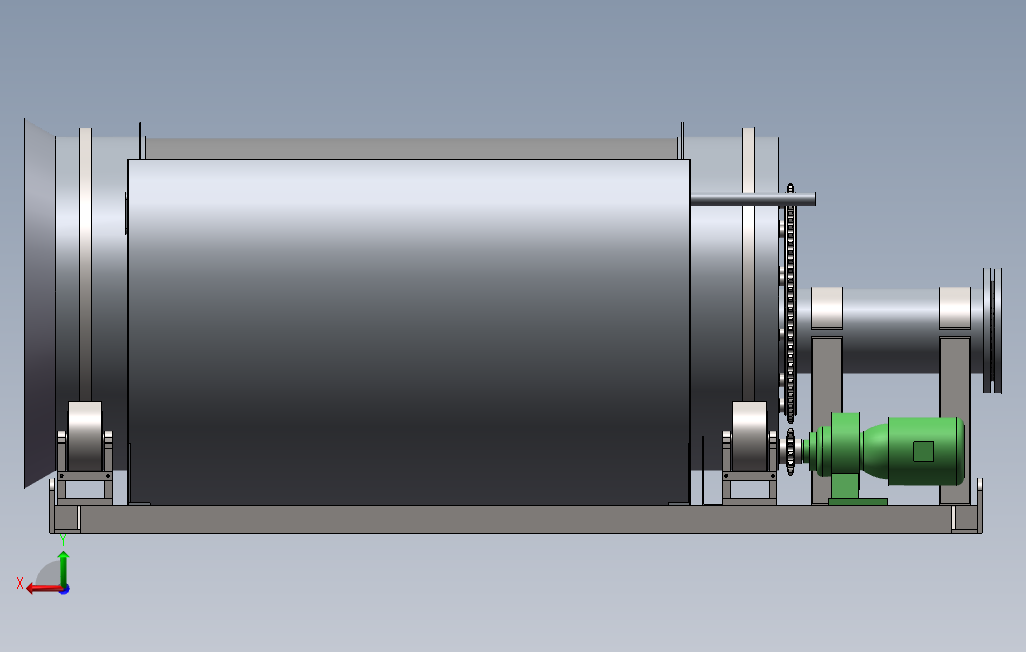
 The1year
The1year






